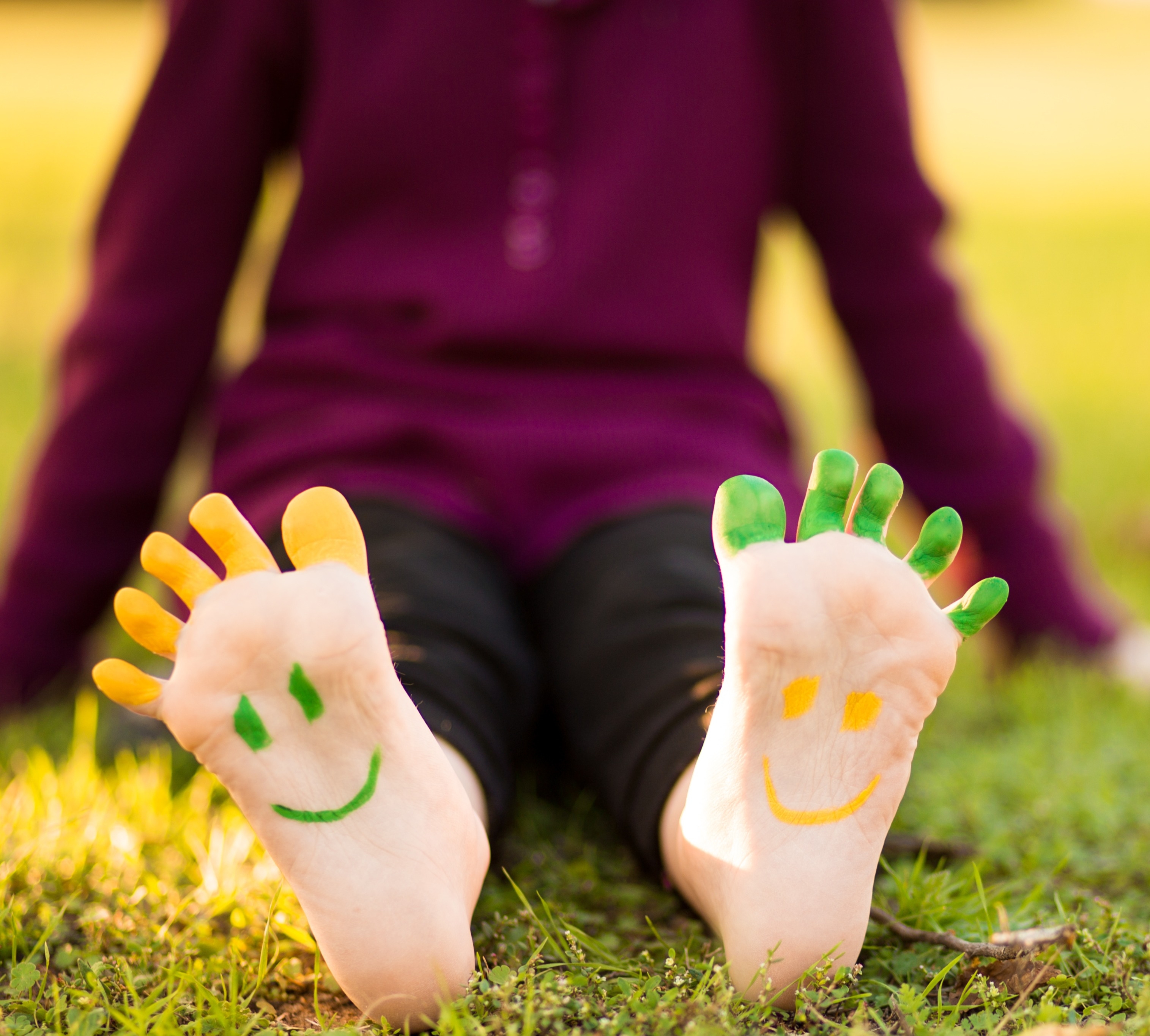Summertime Health Tips for Kids
What to do for Bug Bites, Sunburns and Other Kid Ailments
By Leisha Andersen, MD, MPH, Bright by Text Content Expert

Summertime Health Tips for Kids
What to do for Bug Bites, Sunburns and Other Kid Ailments
While monkeypox and COVID-19 blanket the news coverage, other common (and often avoidable) illnesses and ailments can also get in the way of your family’s summertime fun.
Below is a list of some health issues that tend to occur more often over the warmer months…and some tips to keep your family healthier and happier during the hot, dog days of summer.
Skin Irritation and Rashes
Sunburns are (unfortunately) familiar to many of us–the redness, soreness, and peeling that happen when the skin is injured by ultraviolet (UV) light.
Pro tip: Prevention is best. Limit sun exposure between 10a and 2p (when the sun’s dangerous rays are strongest) and protect your child’s skin with sunscreen (SPF 30 or above) and protective clothing. But, if your child does get a sunburn, a cool bath or cool compresses can usually help with the discomfort. If the burn causes skin blisters or a fever, contact your child’s healthcare provider.
Contact rashes happen after the skin is touched by an irritating substance such as poison ivy. A red, blistery, itchy rash may appear on the skin–and the rash may show up with a line-looking pattern if the irritating oils are under your child’s fingernails as they scratch.
Pro tip: If contact with poison ivy (or other irritating substances) occurs: cleanse the skin, wash all clothing, and apply 1% hydrocortisone cream to the affected skin to reduce the irritation.
Bug bites (including from mosquitoes) can cause skin redness, warmth, pain, and even drainage at the site of the bite.
Pro tip: Applying insect repellent, using protective barriers (e.g., long-sleeved clothing), reducing standing water, and limiting outdoor time at dawn and dusk can all help to avoid bug bites.
Tick borne illness may occur after a tick bite and can result in a variety of symptoms, including a rash. Prevention is key. Avoid ticks by limiting time in brushy and wooded areas and perform “tick checks'' if you think exposure may have occurred.
Pro tip: If you find a tick on the skin, remove it completely as quickly as possible (grasping the tick with tweezers close to the skin and gently pulling the tick straight out). Seek care from your healthcare provider if a red, round, bulls-eye-like rash appears 1-2 weeks after a tick bite.
Hand-foot-and-mouth disease leads to small, painful, blister-like lesions on the palms, inside of the mouth, and sometimes on the soles of the feet. This viral infection (coxsackievirus) tends to spread during summer and fall.
Pro tip: Handwashing helps to limit spread of infection.
Ear infections
Middle ear infections are “behind the eardrum” infections (AKA acute otitis media) and often occur along with common colds.
Pro tip: Frequent handwashing, receiving routine childhood vaccinations, and avoiding exposure to people with cold symptoms can help prevent middle ear infections.
Swimmer’s ear (AKA otitis externa) occurs when the skin in the outer ear canal becomes infected. Leftover moisture trapped in the outer ear canal (which may occur after swimming) can lead to irritation and infection.
Pro tip: Rinse the ear canals with tap water after lake swimming (or swimming in other potentially polluted water sources). Avoid putting cotton swabs in your child’s ears since this can lead to wax buildup and trap water in the canals.
Red eyes
Pink eye (AKA conjunctivitis) causes the white part of the eye to become pink or red. The infection is typically caused by a virus and is often part of a common cold.
Pro tip: Good handwashing can limit person-to-person spread of pink eye infections.
Contact with irritants (such as the chlorine in pools) can also lead to red eyes during summertime.
Pro tip: Proper-fitting goggles can help protect sensitive eyes from pool-related eye irritation. Sunscreen, soap, smoke, and plant resin are all additional potential sources of contact (or irritant) conjunctivitis.
Diarrhea/Vomiting
Diarrhea and vomiting can result from a variety of summertime viral infections.
Pro tip: As always, be sure that your child’s hands are washed before meals and after using the restroom.
Food poisoning is another source of diarrhea and vomiting that occurs when germs grow in food that has been left out too long.
Pro tip: If you’re planning an outdoor eating event (such as a summertime picnic) be sure to cook and store food carefully. Put leftovers away as quickly as possible (and don’t let prepared foods sit out for more than 2 hours at room temperature)!
Here’s hoping that nothing (including contaminated food) “spoils” your summer!
About Bright by Text
Kids don't come with instructions. That's why Bright by Text sends the info parents need most for raising little ones, from pregnancy through age 8. To join our village and get our free messages based on your child’s exact age and where you live, simply text BRIGHT to 274 448 or click here. Don’t forget to follow us on Facebook and Instagram. You’ve got this, parents!

Sign up now to receive FREE text tips - Based on your child's EXACT AGE right now!